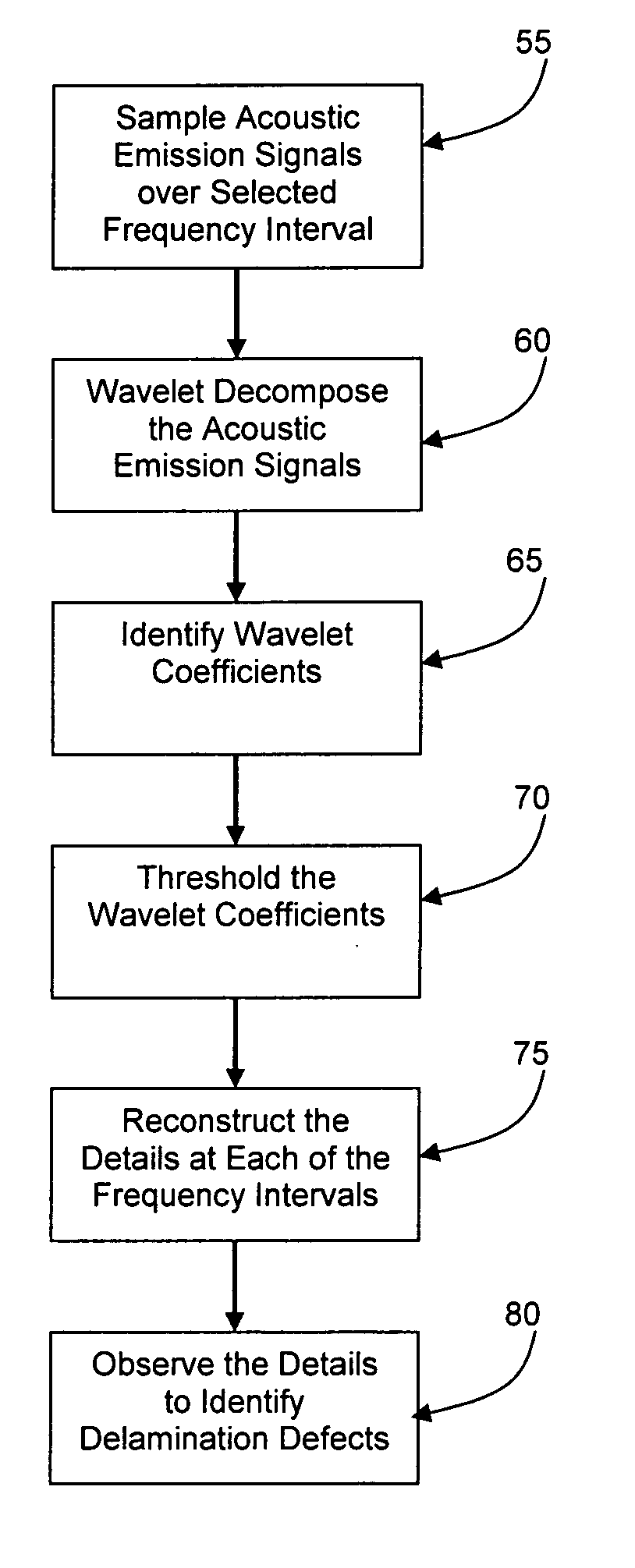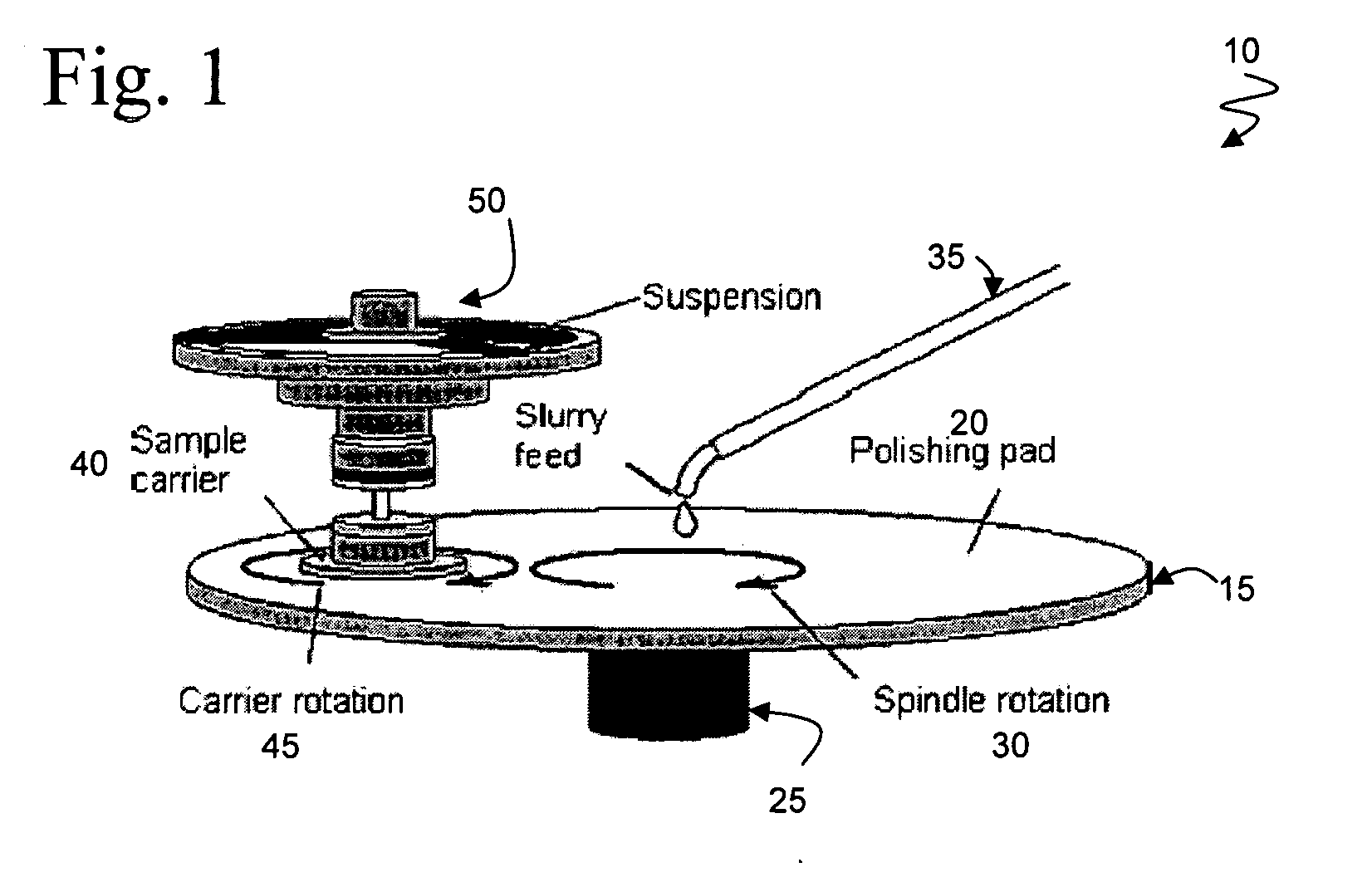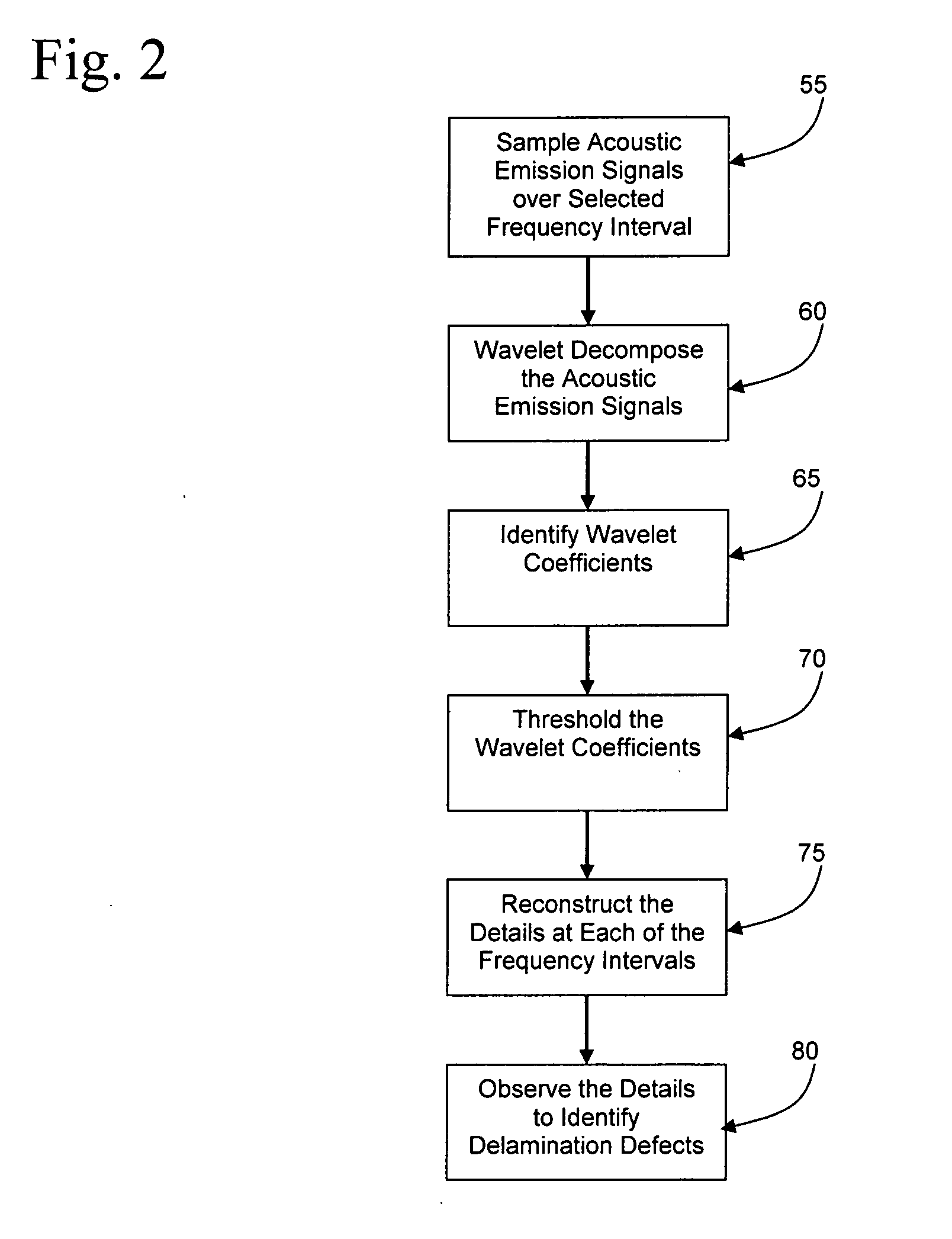System and Method for the Identification of Chemical Mechanical Planarization Defects
a technology of mechanical planarization and system and method, applied in the direction of manufacturing tools, lapping machines, instruments, etc., can solve the problems of significant loss in productivity, significant loss from the standpoint of material cost, labor and productivity, and achieve the effect of reducing quality loss, increasing productivity, and reducing the need for expensive metrology
- Summary
- Abstract
- Description
- Claims
- Application Information
AI Technical Summary
Benefits of technology
Problems solved by technology
Method used
Image
Examples
Embodiment Construction
[0032] The chemical mechanical planarization process has been made more challenging in recent years due to the complex wafer topographies and the introduction of copper (instead of aluminum) and low-k dielectrics. The multilevel metallization process typically consists of etching, deposition, and planarization using a copper Damascene process. FIG. 1 illustrates a CMP setup in accordance with the present invention, which synergistically combines both tribological (abrasion) and chemical (etching) effects to achieve planarization. With reference to FIG. 1, the wafer polisher 10 includes a polishing platen 15 to which a polishing pad 20 is affixed. Polishing platen 15 includes a connection 25 to a drive mechanism (not shown) which enables the platen 15 and pad 20 to be rotated in at least one rotational direction 30. A conduit 35 dispenses a polishing slurry, typically silica or alumina abrasive particles suspended in either a basic or an acidic solution, onto polishing pad 20.
[0033]...
PUM
 Login to View More
Login to View More Abstract
Description
Claims
Application Information
 Login to View More
Login to View More - R&D
- Intellectual Property
- Life Sciences
- Materials
- Tech Scout
- Unparalleled Data Quality
- Higher Quality Content
- 60% Fewer Hallucinations
Browse by: Latest US Patents, China's latest patents, Technical Efficacy Thesaurus, Application Domain, Technology Topic, Popular Technical Reports.
© 2025 PatSnap. All rights reserved.Legal|Privacy policy|Modern Slavery Act Transparency Statement|Sitemap|About US| Contact US: help@patsnap.com



